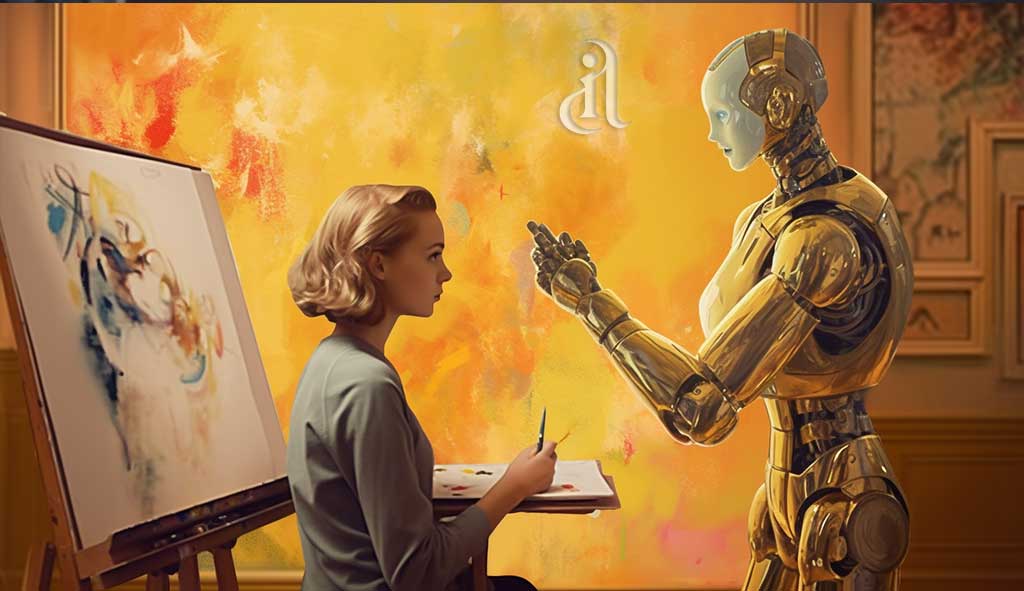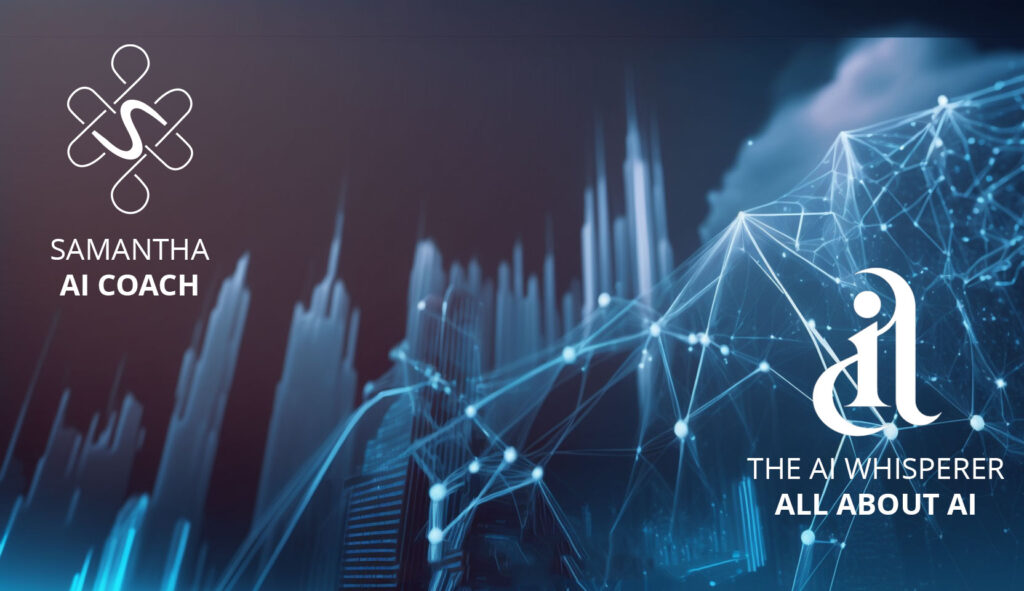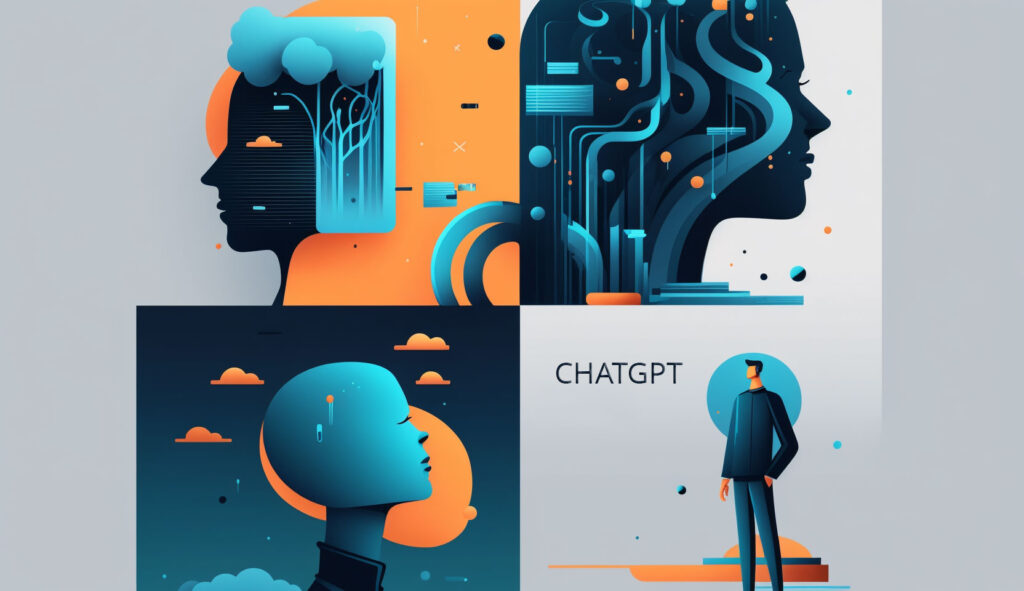If we accuse Artificial Intelligence (AI) of plagiarizing art and design, we must also point the finger at every human artist and designer across the globe. This declaration may ruffle some feathers, but it’s a topic that needs addressing and was started by Michael Petraeus. Let’s dive deeper into this contentious issue.
The Rise of AI: A Modern-Day Luddite Panic
The advent of generative AI tools has stirred up a frenzy, prompting an entertaining spectacle of modern-day Luddites decrying the sudden emergence of advanced technology that could potentially render their manual labor obsolete.
AI and Plagiarism: A Misunderstood Concept
A recurring argument in the realm of generative models in graphics and art is that AI steals from people. The claim is that AI learns to construct new visuals after ingesting millions of artworks, photos, illustrations, and paintings. Some argue that AI companies should compensate the original creators for their work or even outright ban these generative models.
Artists and Designers: Are They Not Guilty of the Same?
But let’s pose a question to these „creatives“ who vehemently oppose tools like Midjourney or Stable Diffusion. Are they willing to pay all those individuals whose works they have observed, absorbed, and learned from? As a designer myself, I consume a plethora of content on the internet, observing the work of others. Isn’t that, in part, why platforms like Pinterest exist? How many designers don’t use it to create inspiration boards for their myriad projects?
The Illusion of Originality: A Reality Check
We need to confront an uncomfortable truth: nothing we have ever designed, drawn, painted, sculpted, or sketched is entirely original. The thousands of images we have sifted through before finalizing a project have influenced us in one way or another.
Education and Art: Copying as a Learning Tool
Observation and imitation form the bedrock of education in art and design. It’s how we acquire proficiency in using tools that many have used before us and how we master various techniques of expression — none of which we can claim to have originated.
AI Models: Mimicking Human Learning
AI models like Midjourney, Dall-E, or Stable Diffusion learn in much the same way humans do. They ingest images with accompanying descriptions, helping them to identify objects in the picture and the specific style it was created in. Essentially, they behave just as humans do — albeit at a more rapid pace and on a larger scale.
Addressing the AI Copyright Issue
Arguments against using watermarked images, as AI often pulls content from stock image websites, lose their validity when we realize humans do the same. As long as we do not copy any element outright, we consider the end result our own creative work, enjoying full copyrights. Shouldn’t the same rules apply to an automated system that behaves similarly?
AI: A Tool, Not a Threat
If the argument is that AI is not human and hence doesn’t enjoy the same rights, I’d argue that these advanced programs have human authors and human users. When I input a specific prompt into the model, I’m using the system to carry out a task for me — something I could have done manually but now do not have to. My intent drives the output, so why should I not have the legal rights to whatever it produces?
The Future of AI and Creativity
Why can I create something with Photoshop, but not with Midjourney? This is a question we must grapple with as we navigate the legal complexities of AI. Despite some rulings against AI in the US, history shows that attempts to hinder technological progress rarely succeed. Talented designers and artists who continue to push the boundaries will always have their place in the industry. Everyone else should focus on learning how to generate effective prompts before it’s too late.
In conclusion, we should view AI not as a plagiarizer but as a tool for innovation, learning, and creating in the same way humans do. As we move forward, we must ensure our understanding and use of AI evolves in tandem with its rapid development. With a balanced approach, both human creativity and AI can coexist and thrive in the creative space.


